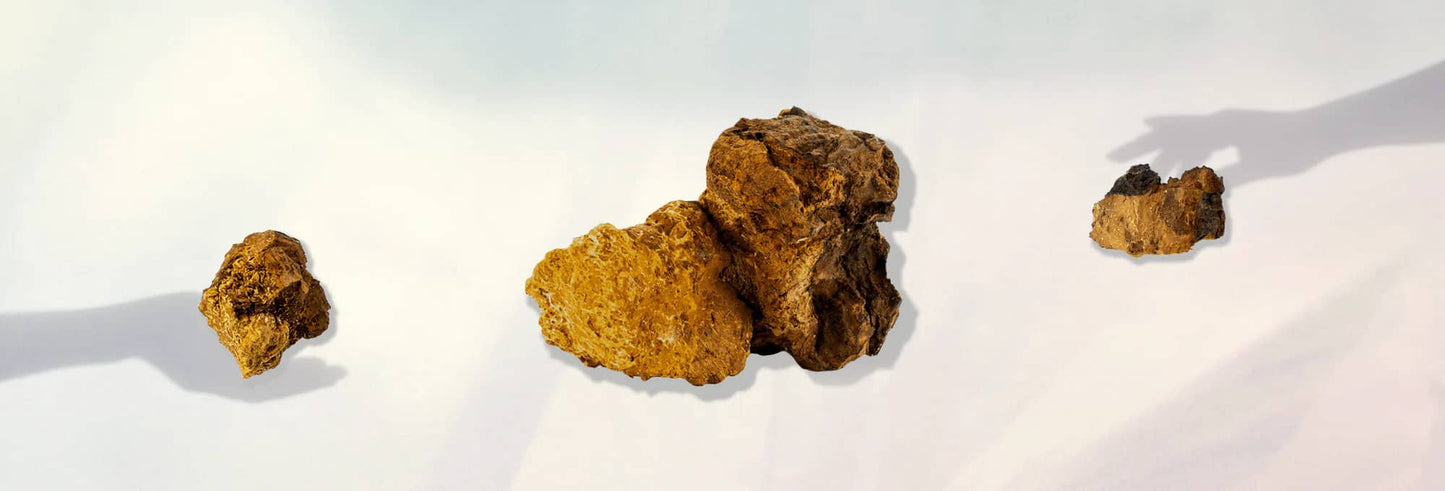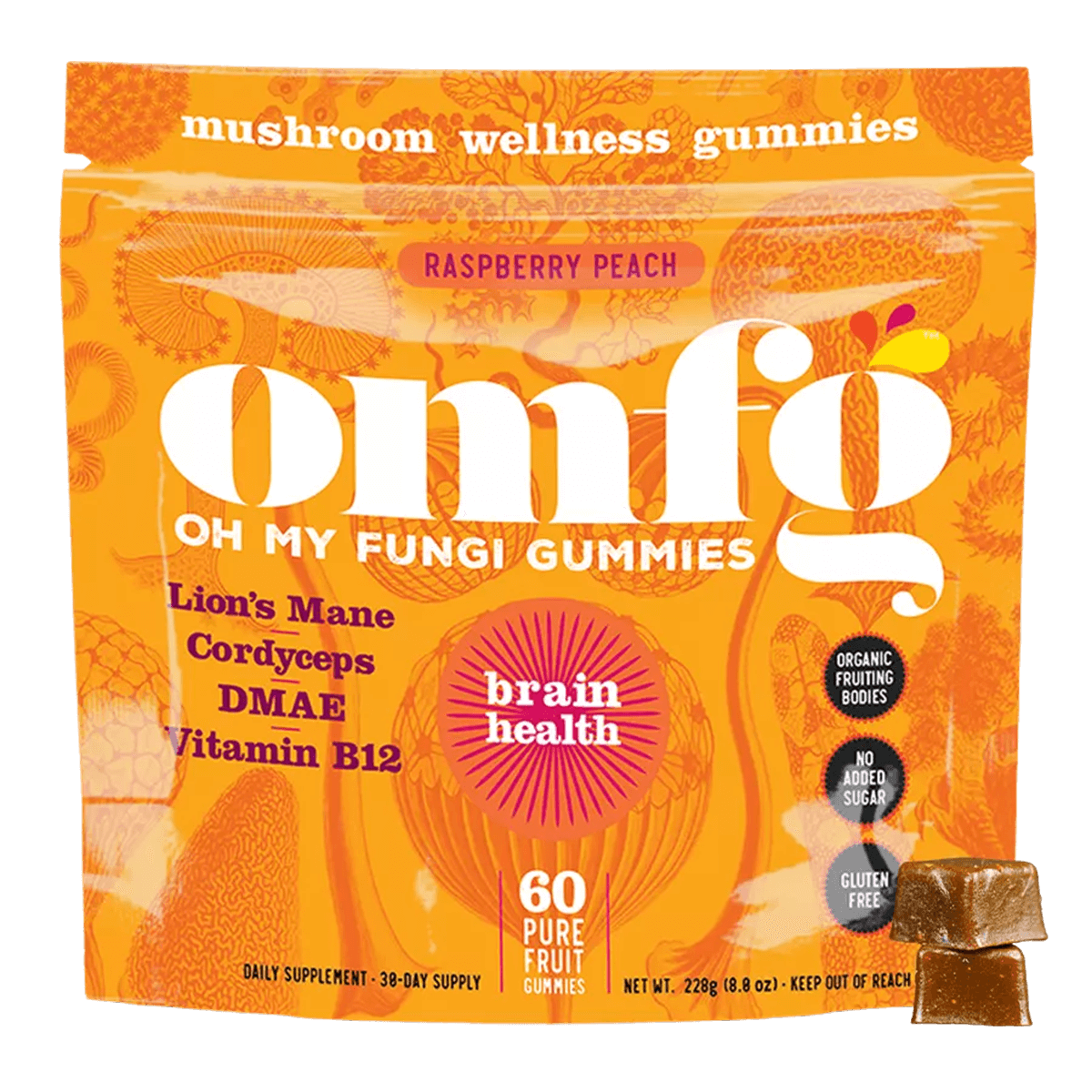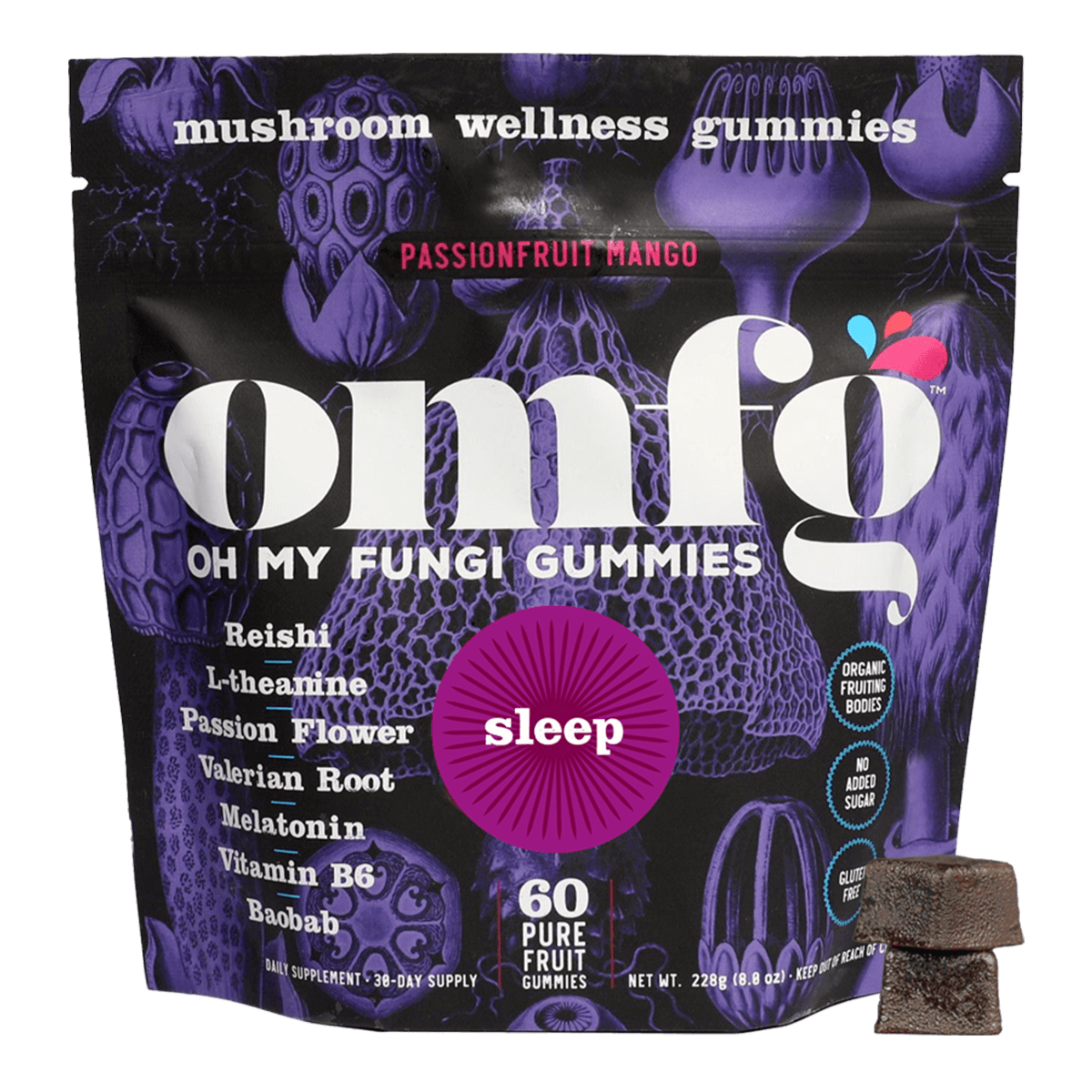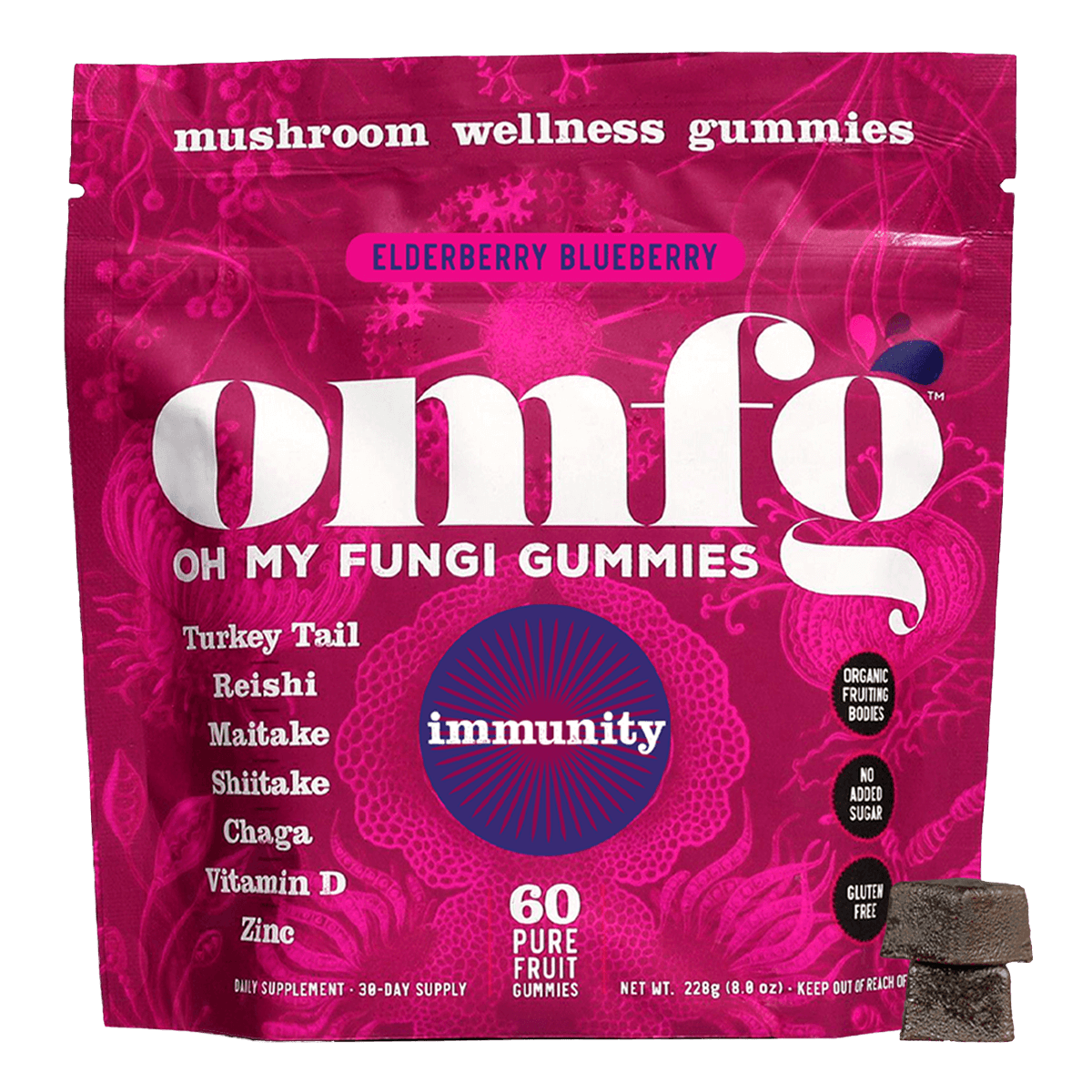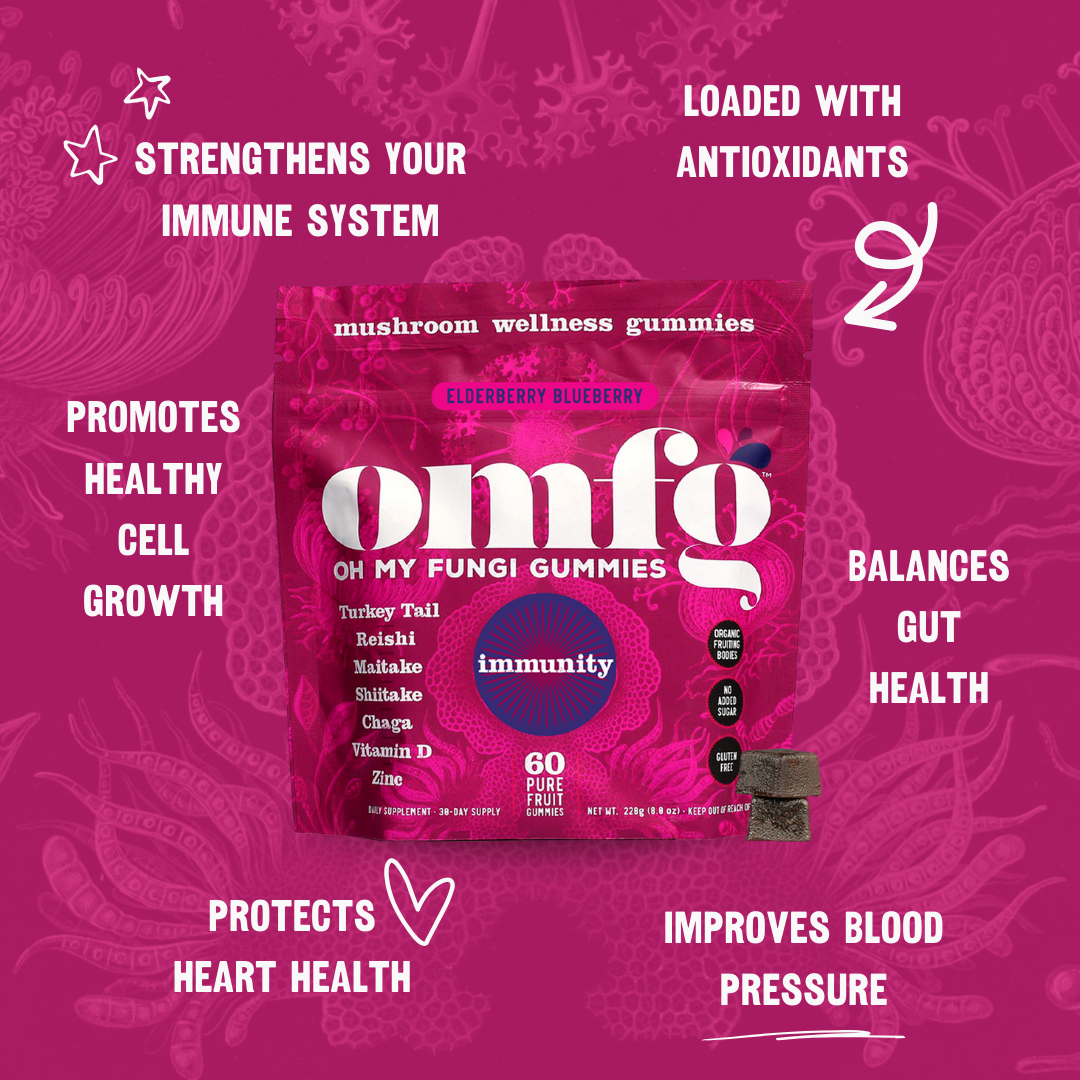Chaga mushroom (Inonotus obliquus) is quite a fascinating and quirky fungus. Not at all resembling a typical ‘mushroom’ or even a ‘shelf’ mushroom like the Reishi and Turkey Tail, Chaga is an adaptogenic mushroom also known as a ‘conk’ or ‘canker’ fungus.
What is Chaga?
The Chaga mushroom is a lumpy, charcoal-like growth that emerges from the trunks of cold-climate trees and is most closely associated with the birch trees that grow in arctic regions such as Alaska, Northern Canada, Northern-most Europe, and Siberia.
Apparently the more distressing the conditions the birch are growing in, the more powerful the properties of the Chaga mushroom benefits that erupts from its surface16. Even though birches grow in other areas, such as the Northern United States, it is thought that their Chaga mushroom is not nearly as nutrient-dense as the Arctic Chaga mushroom. And likewise, some people will say that Chaga grows on other types of trees, such as aspens, alders, and elms but it is only the birch that supplies some of Chaga’s signature elements, such as Betulinic acid, a triterpene which studies indicate may lower ‘bad’ cholesterol20 and also induce apoptosis (cell death) in cancer cells.19

Historically Chaga has a reputation as a medicinal mushroom reaching back to the middle ages, if not earlier.
History of the Chaga mushroom
Historically Chaga has a reputation as a medicinal mushroom reaching back to the middle ages, if not earlier. It's documented that this adaptogenic fungus was used in the indigenous medicine cultures of Russia, Siberia, China, Europe and North America (3,8,10,17,18) for the treatment of various illnesses including ulcers, tuberculosis, joint pain, tumors, high cholesterol, and even spiritual purification and portending the future.
Chaga Benefits
What does the great Chaga mushroom have to offer us? Like so many of these powerhouse medicinal and adaptogenic mushrooms, Chaga mushroom benefits are numerous as this adaptogenic mushroom is chock-full of antioxidants1, including the heavy-hitter Superoxide Dismutase (SOD)13, a group of enzymes that have been identified as a very effective free-radical exterminator1, as well as high levels of Beta Glucans, betulinic acid (mentioned above), and melanin.
Research suggests Chaga benefits may include:
- Promote antioxidant support*
- Support normal production of white blood cells*
- Promote healthy function of the liver and digestive system*
- Promote healthy cell growth and turnover*
- Support healthy blood sugar levels already within normal ranges*
- Support physical endurance*
Chaga can be found in OMFG Immunity gummies

Another chaga benefit is that the high levels of melanin in this adaptogenic mushroom may give some protection from damaging UV rays. The high antioxidant levels in this amazing functional mushroom may also work against inflammation and all of its expressions–such as eczema, arthritis, and hundreds of other ailments, including Inflammatory Bowel Disease (IBD). 2,4
Scientific studies with isolated compounds of Chaga have indicated that they may destroy many types of cancer cells6,11,15 (colon5,9, cervical15, lung15, liver7, skin15, and breast8 to name a few) however these are lab studies with mice, and in vitro studies with human cells and not, as of yet, in vivo studies with human subjects. Hopefully that will change soon given the current spotlight that functional mushroom currently finds itself in. Chaga mushroom benefits certainly are already numerous!
“Chaga is a precious gem of the mycoverse and we must make sure we leave enough for seven generations to enjoy the health benefits of this fantastic fungi.”
Chaga Mushroom Cultivation
The fact that this adaptogenic mushroom grows in such a specialized way precludes that it can be grown in a controlled environment in a way that guarantees the same quality you will find in wild-grown Chaga mushroom, so one of the issues that comes up with Chaga is how to source it sustainably and assure that it will remain a stable resource for many years to come14.

OMFG Gummies sources its Chaga from Siberia for our immunity mushroom gummies. Mycologist David Pilz has this to say about Chaga from that region: ‘the abundance of Chaga in Siberia is such that under the most pessimistic estimates, the resource will never be threatened.’21 This is certainly encouraging news for us, however this statement was from more than a decade ago and at the time, most people were not anticipating a global pandemic nor the explosion of popularity in the world of medicinal mushrooms. The demand for Chaga has obviously skyrocketed since then as more mushroom supplements took advantage of its benefits.
We are continually monitoring the situation with Chaga and intend to only work with suppliers who exclusively employ ethical sourcing practices. Chaga is a precious gem of the mycoverse and we must make sure we leave enough for seven generations to enjoy the health benefits of this fantastic fungi in our mushroom gummies!
SOURCES
1. https://pubmed.ncbi.nlm.nih.gov/15588653/
2. https://www.ncbi.nlm.nih.gov/pmc/articles/PMC3774877/
3. https://www.hindawi.com/journals/bmri/2010/943516/
4. https://pubmed.ncbi.nlm.nih.gov/22819687/
5. https://pubmed.ncbi.nlm.nih.gov/19367670/
6. https://www.ncbi.nlm.nih.gov/pmc/articles/PMC4946216/
7. https://pubmed.ncbi.nlm.nih.gov/18203281/
8. https://www.sciencedirect.com/science/article/abs/pii/S0308814613000526
9. https://pubmed.ncbi.nlm.nih.gov/25861415/
10. https://pubmed.ncbi.nlm.nih.gov/20607061/
11. https://pubmed.ncbi.nlm.nih.gov/27180084/
12. https://ieeexplore.ieee.org/document/5305591
13. https://www.sciencedirect.com/topics/neuroscience/superoxide-dismutase
14. https://unitedplantsavers.org/the-two-sides-of-chaga/
15. https://addon.life/2020/12/24/chaga-mushrooms-beneficial-for-cancer-treatment-and-prevention
16. https://www.bbc.com/travel/article/20210609-alaskas-mushroom-of-immortality
17. https://goldwithindotorg.wordpress.com/tag/otzi-the-iceman/
18. https://pubmed.ncbi.nlm.nih.gov/34195023/
19. https://www.ncbi.nlm.nih.gov/pmc/articles/PMC2658785/
20. https://www.sciencedaily.com/releases/2011/01/110104133901.htm
21. http://www.fsl.orst.edu/mycology/PilzPage_files/Pilz2004ChagaReport.pdf

